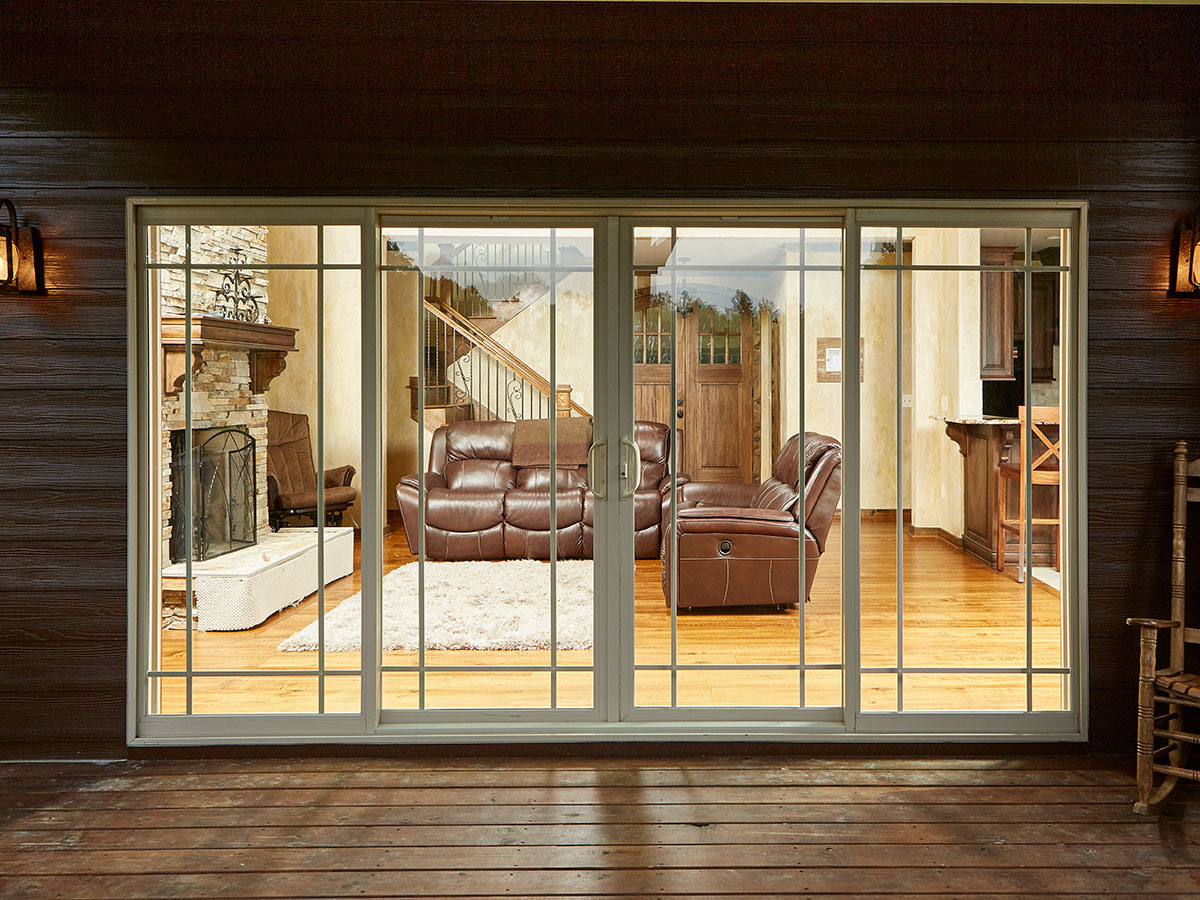
Sliding doors are a convenient and stylish feature in many homes and offices. They allow for easy access to the outdoors and provide a seamless transition between indoor and outdoor spaces. However, like any other part of your home, sliding doors require maintenance and occasional repairs to ensure they function properly. Ignoring signs of wear and tear can lead to bigger problems down the line. Here are five signs that your sliding door may need repair:
1. Difficulty Opening or Closing
Signs to look out for:
- The door is difficult to slide open or closed.
- There is an unusual amount of resistance when trying to operate the door.
- You hear scraping or grinding noises when opening or closing the door.
If you are having trouble opening or closing your sliding door, it may be a sign that the rollers or tracks are worn out or damaged. It's important to address this issue promptly to prevent further damage to the door and avoid potential safety hazards.
2. Drafts or Leaks
Signs to look out for:
- You feel a noticeable draft coming from around the door.
- You notice water leaks or moisture seeping in when it rains.
- There are visible gaps between the door and the frame.
Drafts or leaks around your sliding door can lead to energy loss and water damage. This could be due to damaged weather-stripping, worn-out seals, or improper installation. Repairing these issues can help improve the energy efficiency of your home and prevent water damage.
3. Warped or Damaged Door
Signs to look out for:
- The door is visibly warped or damaged.
- There are cracks or chips in the glass or frame.
- The door does not sit properly in the frame.
A warped or damaged sliding door not only affects the aesthetics of your home but also compromises its security and insulation. It's important to repair or replace a damaged door to maintain the safety and efficiency of your space.
4. Excessive Condensation
Signs to look out for:
- You notice condensation forming on the inside or outside of the door.
- There is visible moisture buildup on the glass or frame.
- Mold or mildew is present around the door or frame.
Excessive condensation on your sliding door can be a sign of poor ventilation, improper sealing, or high humidity levels in your home. This can lead to mold growth, wood rot, and other moisture-related issues. Repairing the seals and addressing ventilation problems can help prevent these issues.
5. Loose or Broken Handles
Signs to look out for:
- The door handle is wobbly or loose.
- The handle does not operate smoothly.
- There are visible cracks or damage to the handle.
A loose or broken handle not only affects the functionality of your sliding door but also poses a safety risk. It's important to repair or replace a faulty handle to ensure easy operation and security.
Ignoring these signs of a failing sliding door can result in costly repairs or even complete replacement. If you notice any of these signs, it's best to address them promptly to prevent further damage and ensure the long-term functionality of your sliding door.